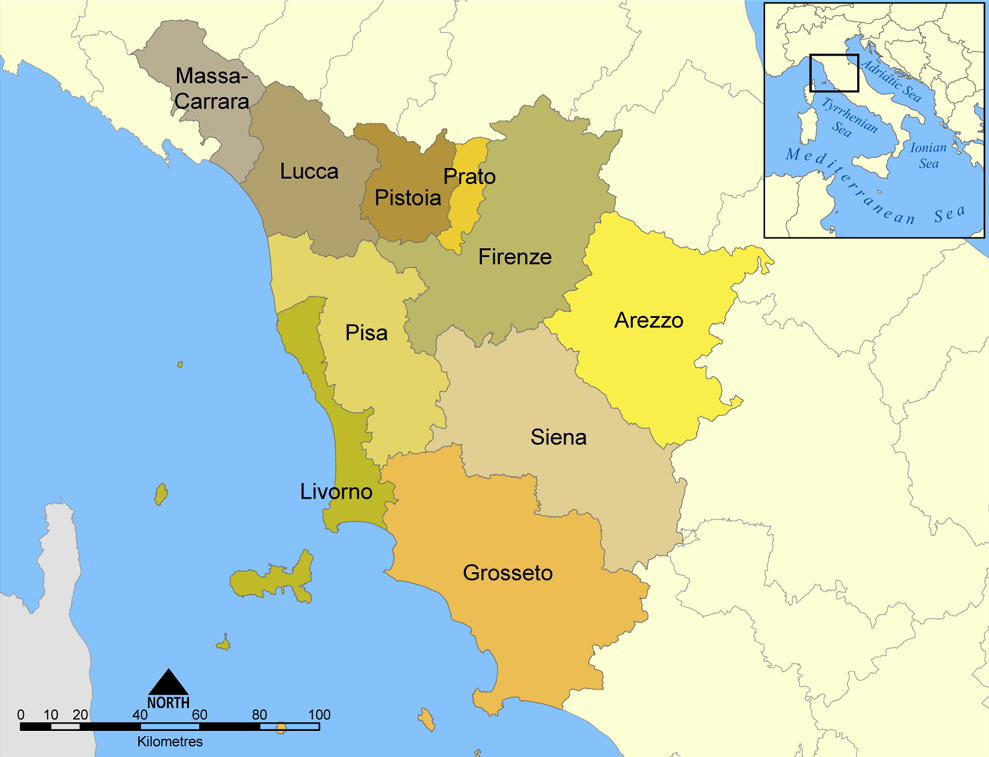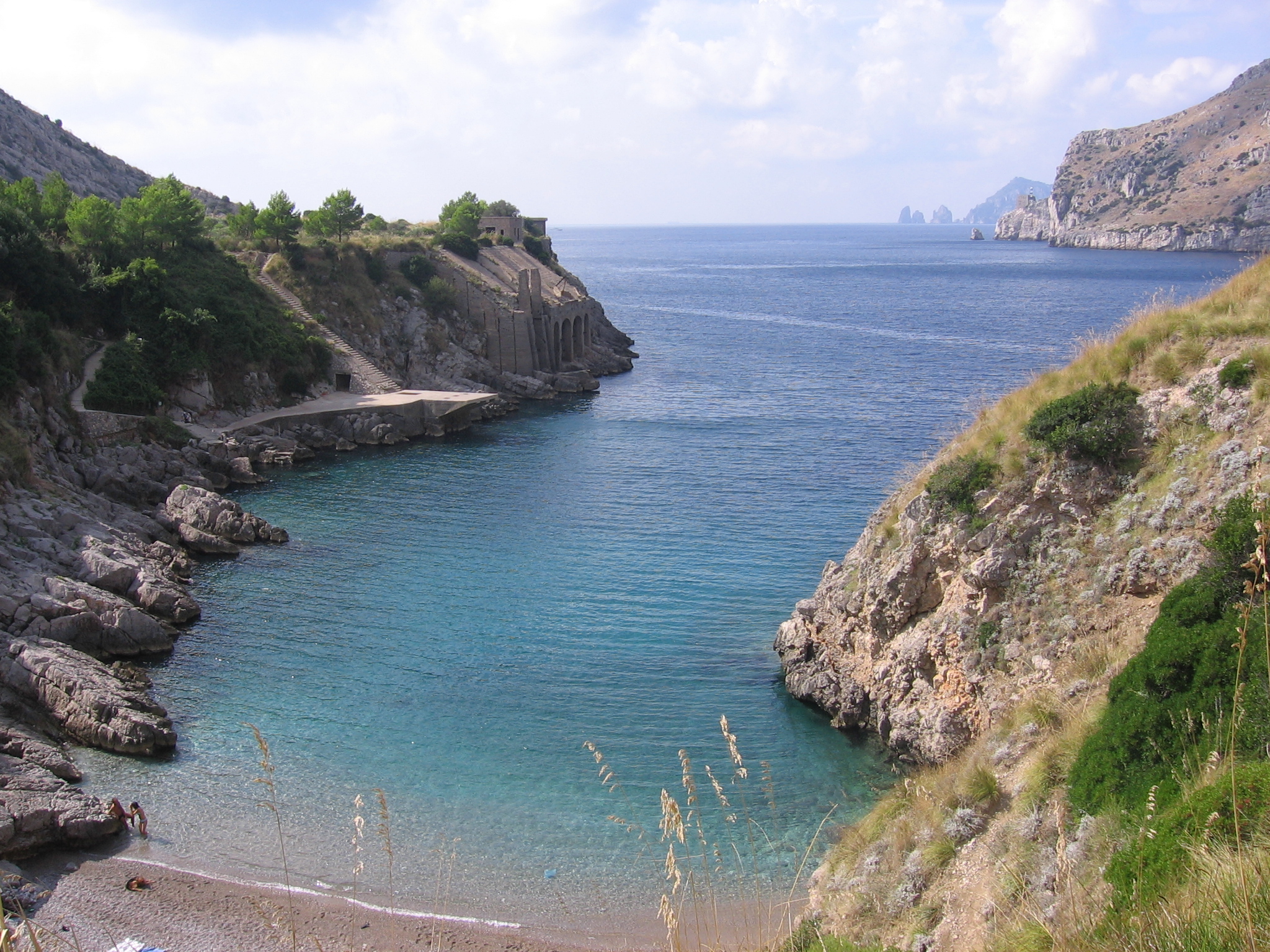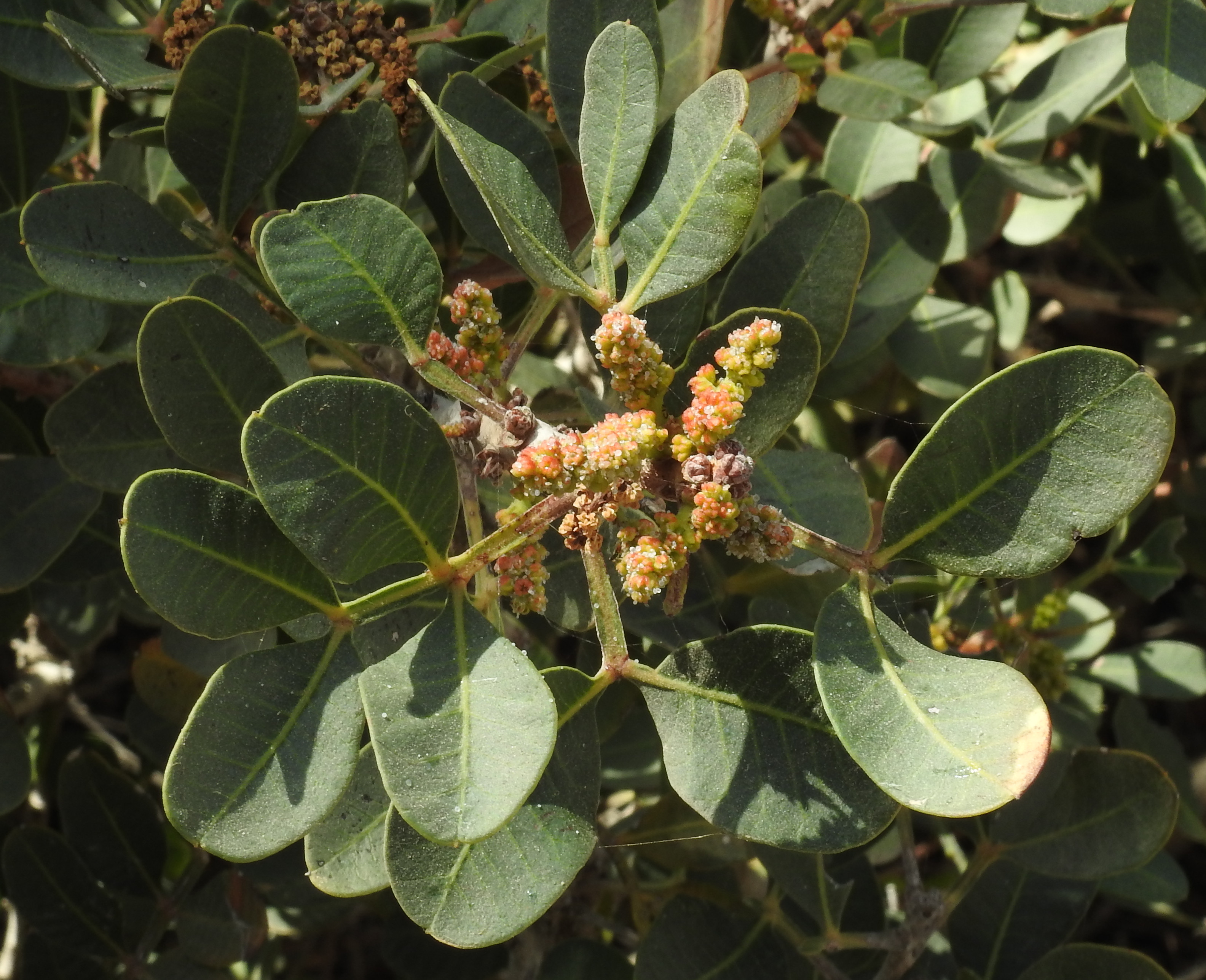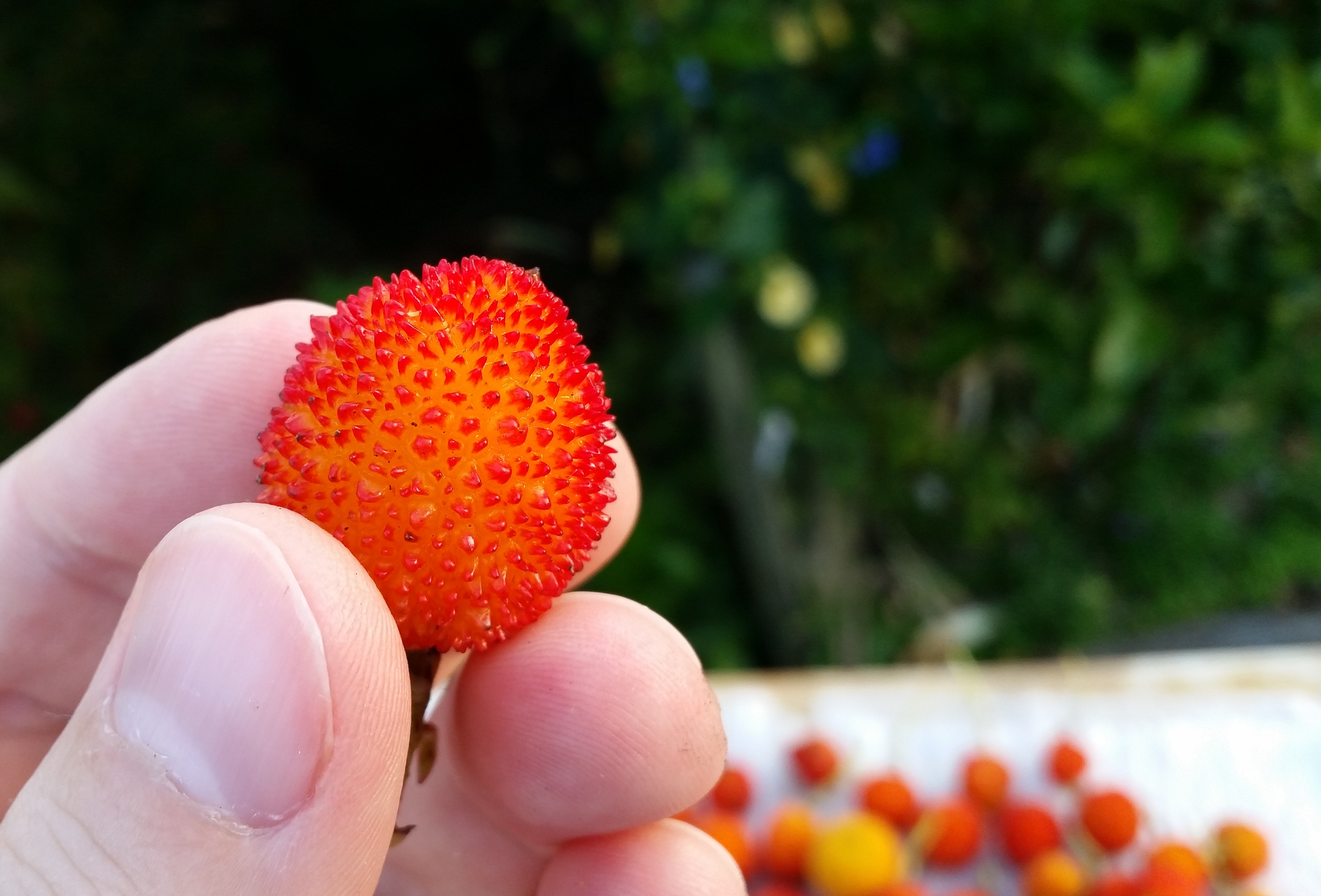|
Giannutri
Giannutri () is a small island in the Tyrrhenian Sea off the coast of Tuscany, Italy; it is the southernmost island of the Tuscan Archipelago and it is a ''frazione'' of the ''comune'' of Isola del Giglio in the Province of Grosseto. Geography Giannutri was known as ''Diana (mythology), Dianium'' by the Ancient Rome, Romans and ''Artemisia'', ''Αρτεμησία'' by the ancient Greece, Greeks; it has a lunar phase, crescent moon shape which forms the Gulf of Spalmatoio and is placed at south east from the Isola del Giglio and from Porto Ercole. The island has a coastal perimeter of , is stretched approximately from ''Punta del Capo Rosso'' to ''Punta Secca'' (north-south) and from ''Punta San Francesco'' to ''Punta della Salvezza'' (west-east). The soil is calcareous and has a rocky and rugged coasts with inlets and caves mainly in the southern part interrupted only by two beaches called ''cove, Cala dello Spalmatoio'' (on the north-east) and ''Cala Maestra'' (on the north- ... [...More Info...] [...Related Items...] OR: [Wikipedia] [Google] [Baidu] |
Tuscan Archipelago
The Tuscan Archipelago is a chain of islands between the Ligurian Sea and Tyrrhenian Sea, west of Tuscany, Italy. The islands' proximity to several major cities has made them a favourite tourist location. History and literature have ensured that most people are familiar with the islands of Elba and Montecristo. Legends says the archipelago originates from a necklace that Venus, the Roman goddess of beauty and sensuality, lost while emerging from the Tyrrhenian sea. In this myth, the seven islands are the seven pearls the goddess was unable to retrieve. Geography The Tuscan Archipelago lies between Corsica and the Tuscan coast and contains seven major islands ( Capraia, Elba, Giannutri, Giglio, Gorgona, Montecristo and Pianosa); all are protected as part of the Arcipelago Toscano National Park. The Archipelago extends from the northernmost island (Gorgona) to the southernmost (Giannutri) and from the westernmost (Capraia) to the Tuscan coast. Main Islands (from north to s ... [...More Info...] [...Related Items...] OR: [Wikipedia] [Google] [Baidu] |
Isola Del Giglio
Isola del Giglio (; ), or Giglio Island in English, is an Italian island and (municipality) in the Tyrrhenian Sea, off the coast of Tuscany, and is part of the Province of Grosseto. The island is one of seven that form the Tuscan Archipelago, lying within the Arcipelago Toscano National Park. means "lily" in Italian, and though the name would appear consistent with the insignia of Medici Florence, it originally derives from the Latin name of the island, , which in turn could be related to the Ancient Greek name of the neighbouring Capraia, (, Latinized as ), from "goat". Geography The island is separated by a stretch of sea from the nearest point of the mainland, the promontory of Monte Argentario. Mainly mountainous, it consists almost entirely of granite, culminating in the Poggio della Pagana, which rises to . Ninety percent of its surface is covered by Mediterranean vegetation, alternating with large pine forests and numerous vineyards which allow the production o ... [...More Info...] [...Related Items...] OR: [Wikipedia] [Google] [Baidu] |
Province Of Grosseto
The province of Grosseto () is a Provinces of Italy, province in the Tuscany region of Italy. Its capital is the city of Grosseto. As of 2013 the province had a total population of 225,098 people. Geography The Province of Grosseto completely occupies the southern end of Tuscany, and with a territorial area of , it is the most extensive in the region and one of the least dense in population in Italy. The province is bordered to the northwest by the Province of Livorno, to the north by the Province of Pisa, to the northeast by the Province of Siena, and to the southeast by the Province of Viterbo in Lazio. To the south is the Tyrrhenian Sea, which includes the southern islands of the Tuscan archipelago, including Isola del Giglio and the smaller Giannutri islands and Formiche di Grosseto and Formica di Burano. The Arcipelago Toscano National Park spans both the provinces of Grosseto and Livorno, and includes the seven main islands of the Tuscan Archipelago: Elba, Isola del Gigl ... [...More Info...] [...Related Items...] OR: [Wikipedia] [Google] [Baidu] |
Limonium
''Limonium'' is a genus of about 600 flowering plant species. Members are also known as sea-lavender, statice, caspia or marsh-rosemary. Despite their common names, species are not related to the lavenders or to rosemary. They are instead in Plumbaginaceae, the plumbago or leadwort family. The generic name is from the Latin ', used by Pliny for a wild plant and is ultimately derived from the Ancient Greek ' (, 'meadow'). Distribution The genus has a subcosmopolitan distribution in Europe, Asia, Africa, North America and Australia. By far the greatest diversity (over 100 species) is in the area stretching from the Canary Islands east through the Mediterranean region to central Asia; for comparison, North America only has three native ''Limonium'' species. Description Sea-lavenders normally grow as herbaceous perennial plants, growing 10–70 cm tall from a rhizome; a few (mainly from the Canary Islands) are woody shrubs up to 2 metres tall. Many species flourish in saline ... [...More Info...] [...Related Items...] OR: [Wikipedia] [Google] [Baidu] |
Juniperus Phoenicea
''Juniperus phoenicea'', the Phoenicean juniper or Arâr, is a juniper found throughout the Mediterranean region. Description ''Juniperus phoenicea'' is a large evergreen shrub or small tree reaching tall, with a trunk up to in diameter and a rounded or irregular crown. The bark, which can be peeled in strips, is dark grayish-brown. The leaves are of two forms, juvenile needle-like leaves long and 1 mm wide on seedlings, and adult scale-leaves 1–2 mm long on older plants with a green to blue-green color; they are arranged in opposite decussate pairs or whorls of three. It is largely monoecious, but some individual plants are dioecious. The female cones are berrylike, 6–14 mm in diameter, orange-brown, occasionally with a pinkish waxy bloom, and contain 3–8 seeds; they are mature in about 18 months, and are mainly dispersed by birds. The male cones are 2–4 mm long, and shed their pollen in early spring, which is then dispersed by wind. Taxon ... [...More Info...] [...Related Items...] OR: [Wikipedia] [Google] [Baidu] |
Rhamnus Alaternus
Rhamnus may refer to: * Rhamnus (city), or Rhamnous, an ancient Greek city in Attica * Rhamnus (Crete), or Rhamnous, an ancient Greek town in Crete * Rhamnus, an augur killed by Nisus and Euryalus in book IX of The Aeneid The ''Aeneid'' ( ; or ) is a Latin epic poem that tells the legendary story of Aeneas, a Trojan who fled the fall of Troy and travelled to Italy, where he became the ancestor of the Romans. Written by the Roman poet Virgil between 29 and ... * ''Rhamnus'' (plant) or buckthorns, a plant genus * 9316 Rhamnus, a main-belt asteroid discovered in 1988 * Mount Rhamnus, a mountain in Antarctica {{disambiguation, geo ... [...More Info...] [...Related Items...] OR: [Wikipedia] [Google] [Baidu] |
Phillyrea Latifolia
''Phillyrea'' is a genus of two species of flowering plants in the family Oleaceae, native to the Mediterranean region, and naturalized in the Canary Islands and Madeira. They are evergreen shrubs or small trees growing to 3–9 m tall, related to ''Ligustrum'', ''Olea'' and ''Osmanthus''. The leaves are in opposite pairs, small, leathery, ovate to lanceolate, 2–6 cm long and 0.5–2 cm broad. The flowers are small, greenish-white, produced in short clusters. The fruit is a drupe containing a single seed. Species *'' Phillyrea angustifolia'' L. - native to western and central Mediterranean Basin, Portugal to Albania. *'' Phillyrea latifolia'' L. - native to entire Mediterranean Basin, Portugal to Syria. A third species ''P. decora'' from the Caucasus is now usually treated in the genus ''Osmanthus'' as ''Osmanthus decorus ''Osmanthus'' is a genus of about 30 species of flowering plants in the family (biology), family Oleaceae. Most of the species are native to ... [...More Info...] [...Related Items...] OR: [Wikipedia] [Google] [Baidu] |
Inlets
An inlet is a typically long and narrow indentation of a shoreline such as a small arm, cove, bay, sound, fjord, lagoon or marsh, that leads to an enclosed larger body of water such as a lake, estuary, gulf or marginal sea. Overview In marine geography, the term "inlet" usually refers to either the actual channel between an enclosed bay and the open ocean and is often called an "entrance", or a significant recession in the shore of a sea, lake or large river. A certain kind of inlet created by past glaciation is a fjord, typically but not always in mountainous coastlines and also in montane lakes. Multi-arm complexes of large inlets or fjords may be called sounds, e.g., Puget Sound, Howe Sound, Karmsund (''sund'' is Scandinavian for "sound"). Some fjord-type inlets are called canals, e.g., Portland Canal, Lynn Canal, Hood Canal, and some are channels, e.g., Dean Channel and Douglas Channel. Tidal amplitude, wave intensity, and wave direction are all factor ... [...More Info...] [...Related Items...] OR: [Wikipedia] [Google] [Baidu] |
Pistacia Lentiscus
''Pistacia lentiscus'' (also lentisk or mastic) is a dioecious evergreen shrub or small tree of the genus '' Pistacia'' native to the Mediterranean Basin. It grows up to tall and is cultivated for its aromatic resin, mainly on the Greek island of Chios, around the Turkish town of Çeşme''Pistacia lentiscus'' L. a Mansfeld's Database Taxonomy and northern parts of Iraq. Description [...More Info...] [...Related Items...] OR: [Wikipedia] [Google] [Baidu] |
Myrtus
''Myrtus'' (commonly called myrtle) is a genus of flowering plants in the family Myrtaceae. It was first described by Swedish botanist Linnaeus in 1753. Over 600 names have been proposed in the genus, but nearly all have either been moved to other genera or been regarded as synonyms. The genus ''Myrtus'' has three species recognised today: *'' Myrtus communis'' – Common myrtle; native to the Mediterranean region in southern Europe *''Myrtus nivellei'' – Saharan myrtle; native to North Africa *'' Myrtus phyllireaefolia'' Description Common myrtle '' Myrtus communis'', the "common myrtle", is native across the Mediterranean region, Macaronesia, western Asia, and the Indian subcontinent. It is also cultivated. The plant is an evergreen shrub or small tree, growing to tall. The leaf is entire, 3–5 cm long, with a fragrant essential oil. The star-like flower has five petals and sepals, and numerous stamens. Petals usually are white. The flower is pollinated by i ... [...More Info...] [...Related Items...] OR: [Wikipedia] [Google] [Baidu] |
Arbutus Unedo
''Arbutus unedo'', commonly known as strawberry tree, also called madrone, is an evergreen shrub or small tree in the family Ericaceae, native to the Mediterranean Basin and Western Europe. The tree is well known for its fruits, the arbutus berry, which bear some resemblance to the strawberry, hence the common name strawberry tree. However, it is not closely related to true strawberry, strawberries of the genus ''Fragaria''. Its presence in Ireland also lends it the name "Irish strawberry tree", or cain, or cane apple (from the Irish name for the tree, ''caithne''), or sometimes "Killarney strawberry tree". The strawberry tree is the national tree of Italy because of its green leaves, its white flowers and its red berries, colors that recall the Italian flag. The flower of the strawberry tree is the national flower of Italy. Taxonomy ''Arbutus unedo'' was one of the many species described by Carl Linnaeus in Volume One of his landmark 1753 work ''Species Plantarum'', giving it t ... [...More Info...] [...Related Items...] OR: [Wikipedia] [Google] [Baidu] |








